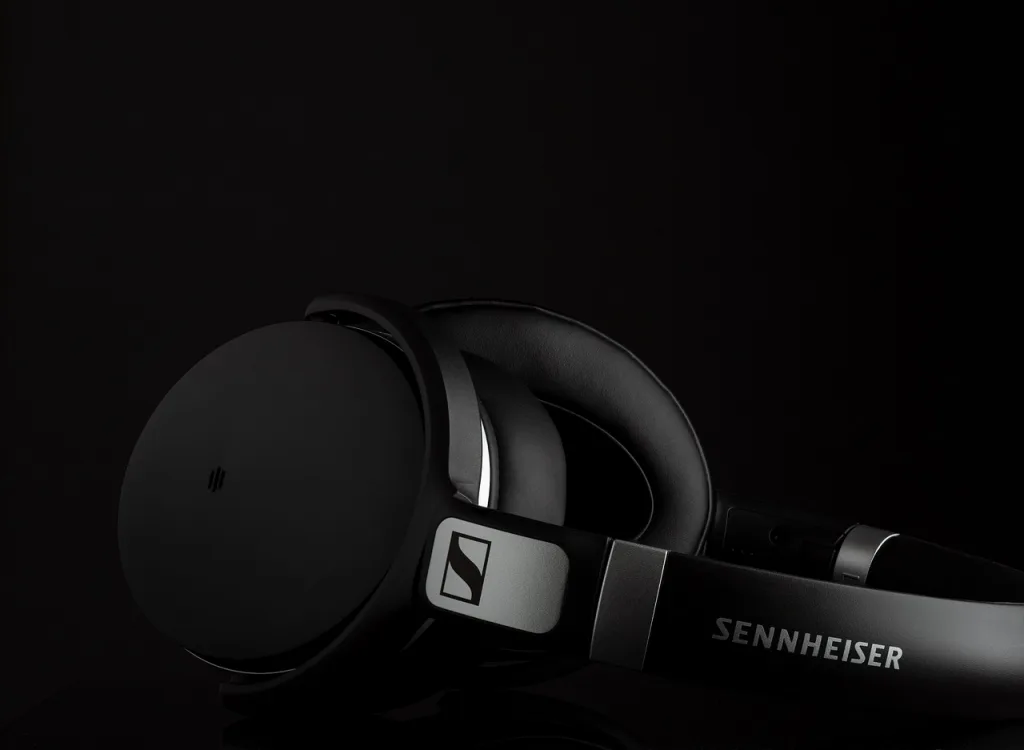Sunanda Sharma
Working as an SEO execcutve but love writing about technology as well.
In a world dominated by wireless earbuds and noise-cancelling headphones, bone conduction headphones are developing as a creative alternative to standard audio...

Image Credits: pixabay
In a world dominated by wireless earbuds and noise-cancelling headphones, bone conduction headphones are developing as a creative alternative to standard audio devices. These innovative headphones provide a different audio experience by delivering sound through your skull’s bones rather than your eardrums. This innovative technology has taken the headphone market by storm, providing consumers with a secure, comfortable, and high-quality method to listen to their favourite music, podcasts, and phone calls.
Bone conduction headphones skip the eardrum and transfer sound vibrations straight to the inner ear via the bones in your skull, specifically the cheekbones and jaw. The technique was created for medical purposes, specifically for people with hearing loss or eardrum damage. However, with improvements in audio quality and user-friendly designs, headphones have grown in favour among audiophiles and fitness enthusiasts alike.
Bone conduction technology works by placing transducers (tiny vibrating devices) on your temples or the bones around your ears. These transducers vibrate, transmitting sound waves through your bones to your cochlea, which is responsible for turning vibrations into electrical impulses that the brain interprets as sound. This bypasses the eardrum, allowing users to hear audio without shutting or covering their ears.
Because conduction headphones keep your ears open, you can still hear ambient sounds, making them perfect for circumstances requiring situational awareness, such as running, cycling, or wandering in crowded areas. The ability to hear external sounds while listening to music or accepting calls adds an extra layer of safety, especially for outdoor activities.
Several brands have already adopted bone conduction technology, and their products have received positive feedback for their performance, comfort, and simplicity. Some of the best-known brands are:
Bone conduction headphones represent a new frontier in audio technology, providing an innovative method to listen to music and podcasts and take calls while remaining aware of your surroundings. Whether you’re an athlete, a commuter, or someone searching for a safer alternative to regular headphones, bone-conduction headphones could be a good fit. While there are significant limitations in terms of sound quality and noise isolation, the advantages exceed the disadvantages, particularly for individuals who value comfort, safety, and hearing protection. As technology advances, we should expect even higher sound quality, longer battery life, and more features, making these gadgets more appealing to a wider audience.
Suggested:
Choosing the Perfect Headphones for Music Lovers: Sound Quality Explained.
How Does AirPods Work with Android?
What Are AirPods and How Do They Work?